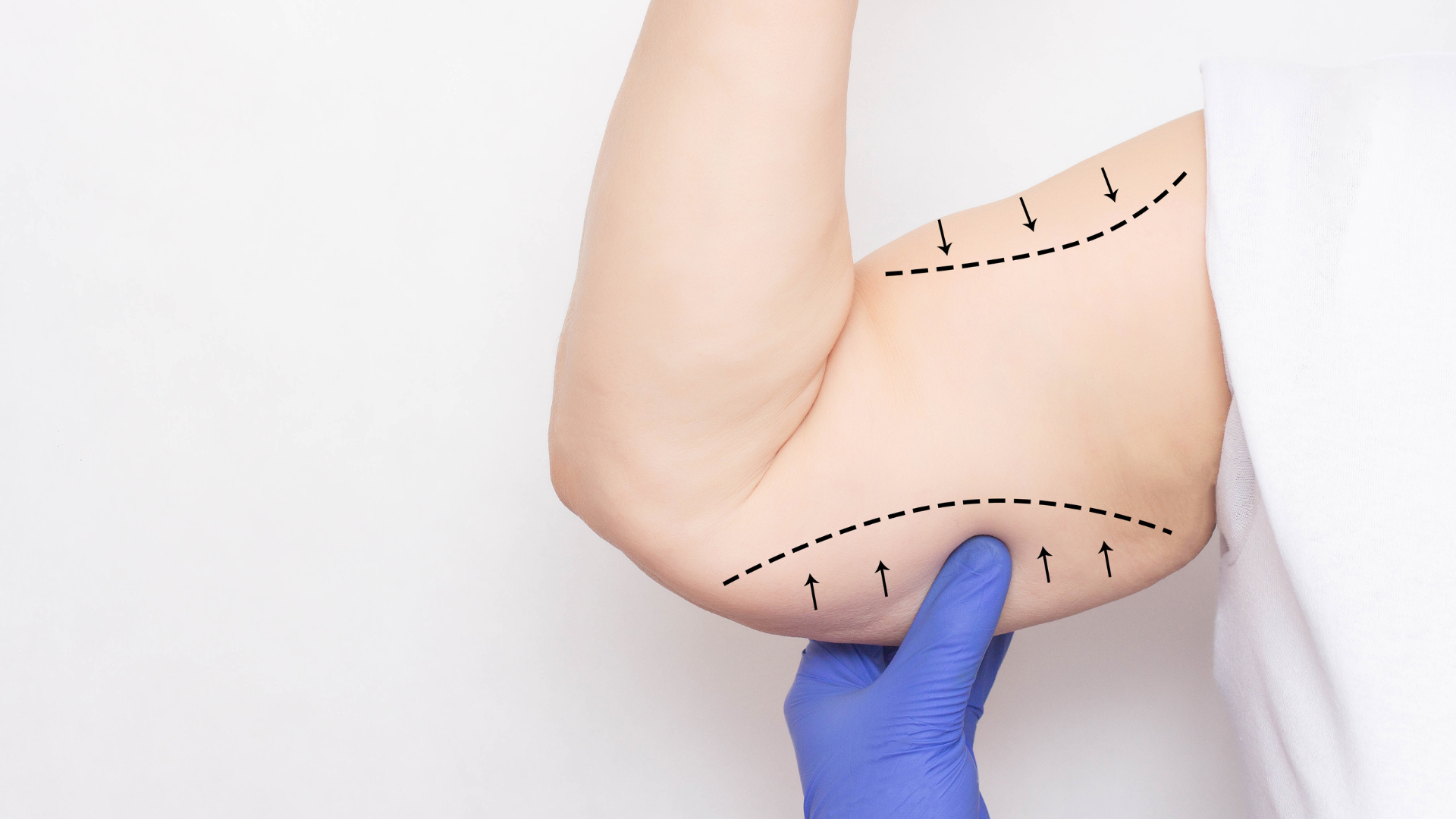What is a Brachioplasty?
A Brachioplasty, commonly called an arm lift, is a surgical procedure to reshape and provide improved contour to the upper arms and connecting area of chest wall.
Fluctuations in weight, the process of aging, and heredity are all factors that can cause your upper arms to have a drooping, sagging appearance. This is a condition that cannot be corrected through exercise. Arm lift surgery may be right for you if the underside of your upper arms are sagging or appear loose and full due to excess skin and fat.
What can it improve?
● Reduces excess sagging skin that droops downward
● Tightens and smoothes the underlying supportive tissue that defines the shape of the upper arm
● Reduces localized pockets of fat in the upper arm region
How is the surgery performed?
Incision length and pattern during arm lift surgery depend on the amount and location of excess skin to be removed, as well as the best judgment of your plastic surgeon. Incisions are generally placed on the inside of the arm or on the back of the arm, depending on the surgeon’s preference, and may extend from the underarm (axilla) to just above the elbow. Excess fat may be directly excised or treated with liposuction. Depending on your specific condition, incisions may be more limited. Then, underlying supportive tissue is tightened and reshaped with internal sutures. Finally, the skin is smoothed over the new contour of your arm.
What can I expect after surgery?
During your recovery from arm lift surgery, dressings or bandages may be applied to your incisions, and your arms may be wrapped in an elastic bandage or a compression garment to minimize swelling following surgery. A small, thin tube may be temporarily placed under the skin to drain any excess blood or fluid. You will be given specific instructions on how to care for the surgical site and drains, medications to apply or take orally to aid healing, specific concerns to look for and when to follow up with your plastic surgeon.


